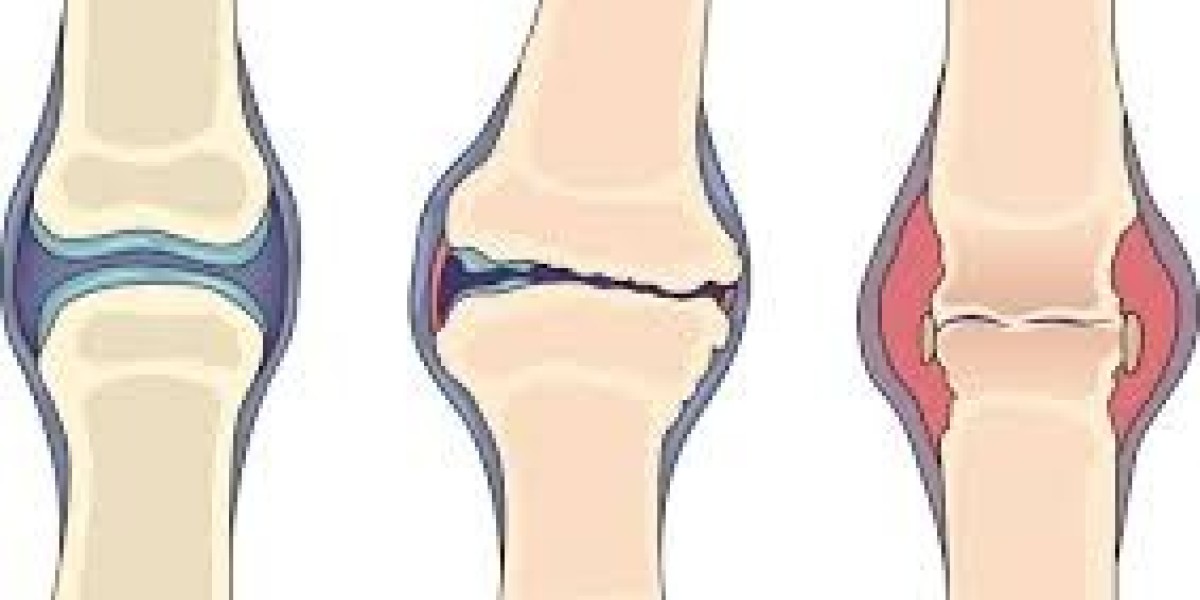Arthritis is a term that refers to joint inflammation and encompasses over 100 different conditions. Among the most common forms are Osteoarthritis (OA) and Rheumatoid Arthritis (RA). Though both affect the joints and can lead to pain, stiffness, and reduced mobility, they differ significantly in their causes, symptoms, progression, and treatment approaches. Understanding these differences is essential for early diagnosis, proper treatment, and better management of the condition.
Carticlas tablets are a cutting-edge dietary supplement formulated to promote joint health, reduce inflammation, and support overall well-being. They are designed to address the common issues associated with aging, high physical activity, and other factors that affect joint and bone health.
1. Cause and Nature of the Disease
Osteoarthritis is a degenerative joint disease primarily caused by wear and tear of the cartilage that cushions the ends of bones. Over time, this cartilage breaks down, causing bones to rub against each other, leading to pain and reduced flexibility. It typically occurs due to aging, joint overuse, obesity, or previous joint injuries.
Rheumatoid Arthritis, on the other hand, is an autoimmune disorder where the immune system mistakenly attacks the synovium—the lining of the membranes that surround the joints. This leads to chronic inflammation, which can eventually cause joint damage, deformity, and systemic issues affecting the lungs, heart, and eyes.
2. Age of Onset
Osteoarthritis usually affects people over the age of 50 and becomes more common with advancing age.
Rheumatoid Arthritis can develop at any age but most commonly begins between ages 30 and 50. It affects women more frequently than men.
3. Symptoms
While both OA and RA cause joint pain and stiffness, there are distinct differences:
Osteoarthritis Symptoms:
Joint pain that worsens with activity and improves with rest.
Stiffness, particularly in the morning or after inactivity, that lasts less than 30 minutes.
Bone spurs or bony growths around the affected joints.
Limited range of motion.
Rheumatoid Arthritis Symptoms:
Joint pain, swelling, and stiffness, especially in smaller joints (e.g., hands, wrists).
Prolonged morning stiffness lasting more than 30 minutes to an hour.
Fatigue, low-grade fever, and general malaise.
Symmetrical joint involvement (e.g., both wrists or both knees).
4. Joint Involvement and Pattern
In OA, the joint damage is usually localized and tends to affect weight-bearing joints such as the knees, hips, and spine. It may also affect the fingers but typically in an asymmetric pattern.
In RA, joint involvement is symmetrical, and it often begins in the small joints of the hands and feet. As the disease progresses, larger joints may also be affected.
5. Progression of the Disease
Osteoarthritis progresses gradually over time due to mechanical stress and joint aging. The degeneration can worsen without aggressive inflammation.
Rheumatoid Arthritis can progress rapidly if left untreated, leading to severe joint damage and disability. Since it's autoimmune, early intervention with disease-modifying treatments is crucial.
6. Diagnosis and Testing
OA is diagnosed through physical examination, X-rays, and sometimes MRI to assess cartilage loss and bone changes.
RA requires blood tests for markers such as rheumatoid factor (RF) and anti-CCP antibodies, along with imaging and a physical exam to assess joint inflammation and damage.
7. Treatment Options
Osteoarthritis treatment focuses on:
Pain relief (NSAIDs, acetaminophen)
Physical therapy
Weight management
Joint injections (corticosteroids or hyaluronic acid)
Surgery (joint replacement in advanced cases)
Rheumatoid Arthritis treatment aims to:
Control immune system activity using DMARDs (Disease-Modifying Anti-Rheumatic Drugs)
Use of biologic agents for moderate to severe cases
NSAIDs and corticosteroids to manage symptoms
Conclusion
While Osteoarthritis and Rheumatoid Arthritis share some common symptoms, they are fundamentally different conditions with unique causes and treatment strategies. Recognizing these differences is critical for timely diagnosis and effective management. If you or a loved one experience persistent joint pain or stiffness, consulting a healthcare professional is the first step toward appropriate care and improved quality of life.







